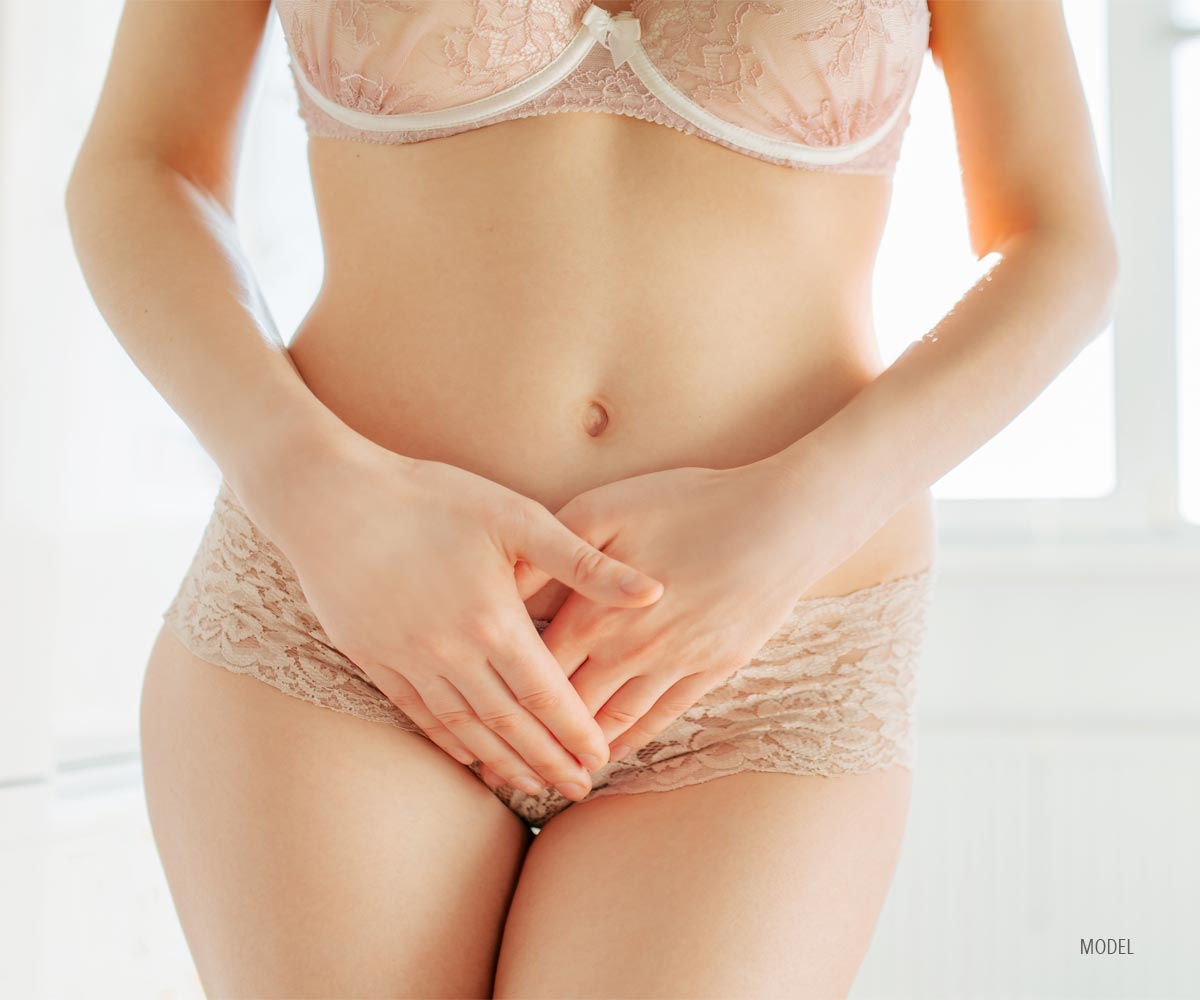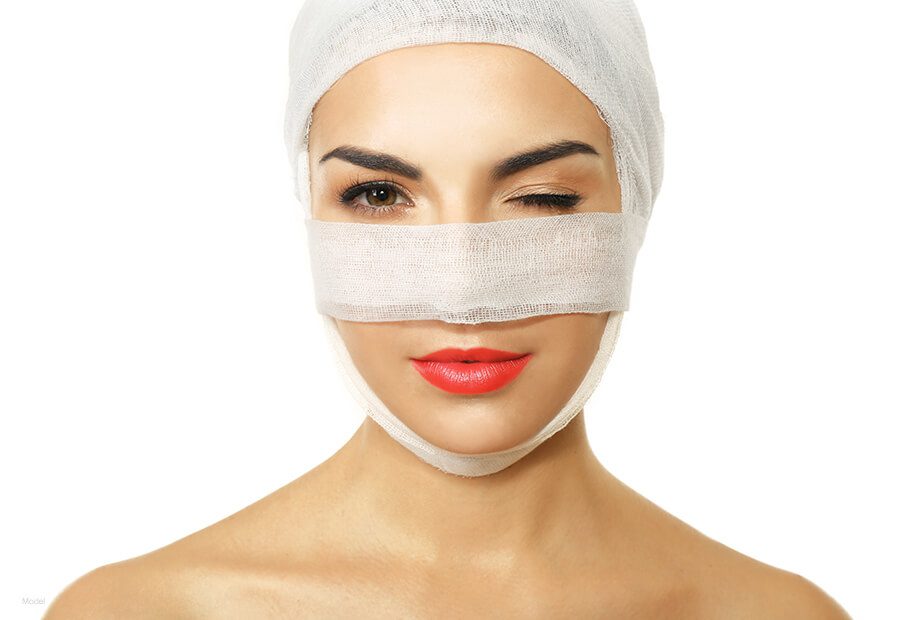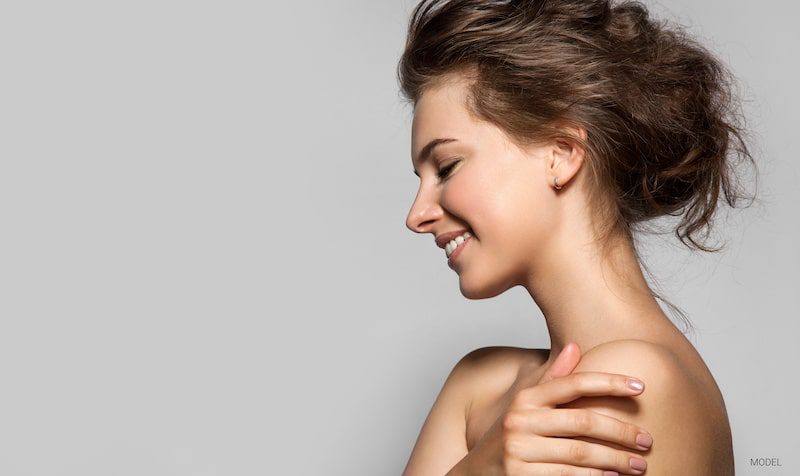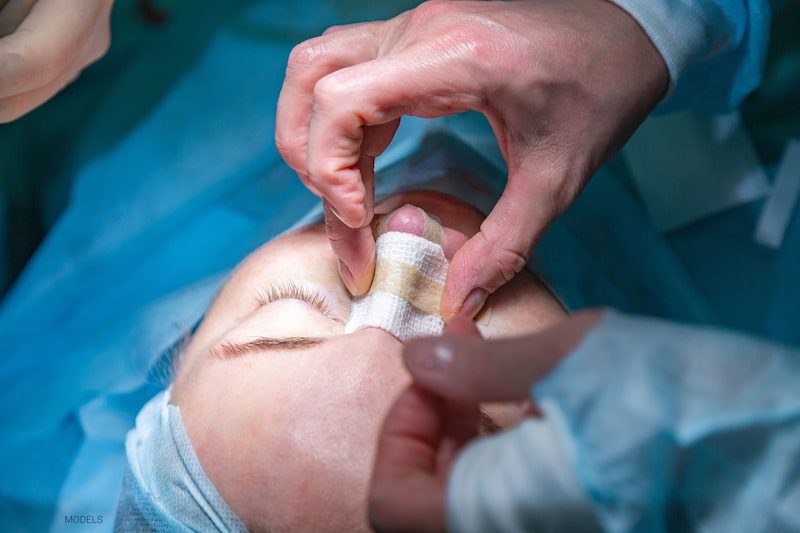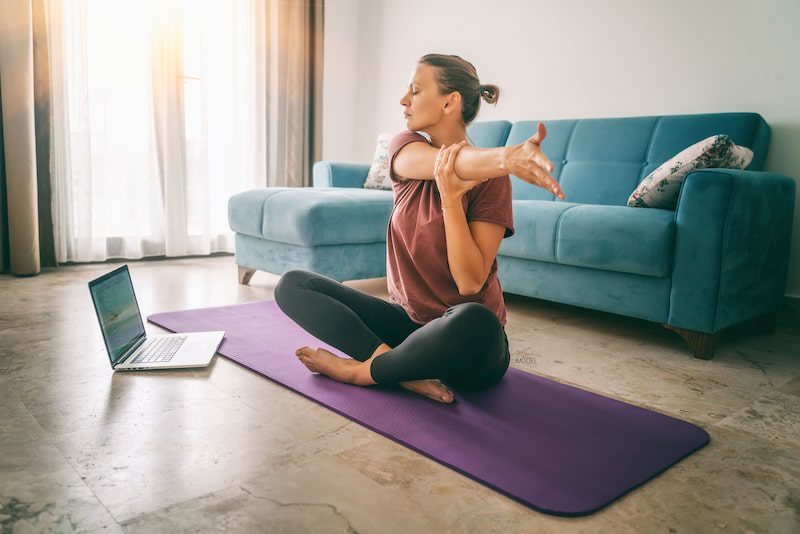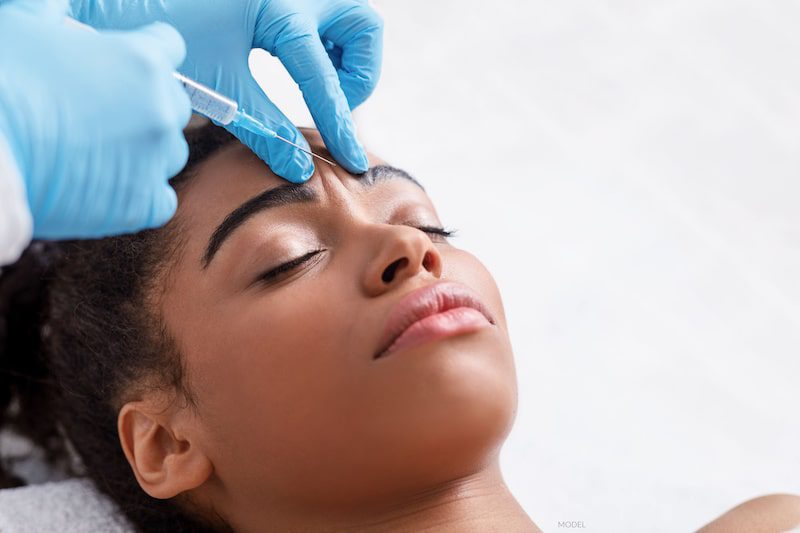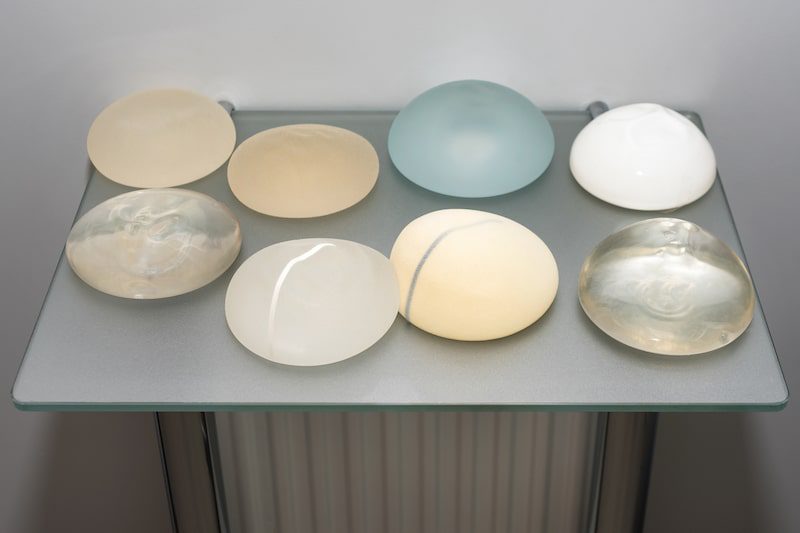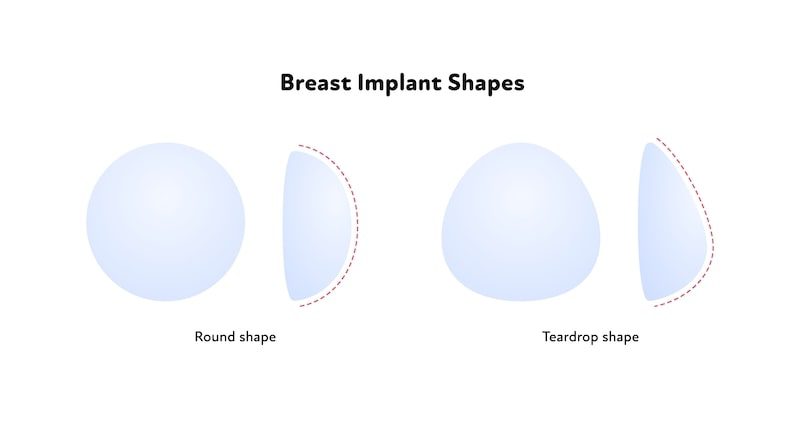Tourism Medicine

3 Min Read:
There is an explosion in tourism medicine in the United States. I define tourism medicine as one of three types:
1. Macrotourism
Traveling to another country to get services like going to Turkey for a hair transplant.
2. Microtourism
Traveling to another state or a location within the states, like going to Miami for a brazilian butt lift.
3. Turf Tourism
Crossing into another specialty to get cosmetic services like a tummy tuck by a GYN.
Why is there such an explosion in patients seeking these services?
Well, money saving or perceived value for one. An example of this would be combining a tummy tuck or a mommy makeover with a vacation in the Dominican Republic or a trip to Mexico. Another reason may be for services that are considered a specialty in that location, like fat grafting in Miami, hair transplants in Turkey, or facial reconstruction in South Korea.
Another factor in seeking out macrotourism or traveling to another country other than cost is comfort. An immigrant or patient with family members in a plastic surgery rich country may be more comfortable getting family recommendations or support than in the United States. An example of this is persian patients or brazilian patients returning to their country of origin for surgery. This is an inverse form of tourism as surgery in the United States may be perceived as a foreign country. So these are some of the motivations.
What are the downsides?
A Significant downside is quality control. Although there may be excellent centers, hospitals and surgeons in tourism states or countries, common standards may not exist like the states. Credentialing standards may not be in place or adhered to. This is particularly sensitive when dealing with sterilization.
Safety with regards to anesthesia, surgical site infection, and bleeding are less controlled, especially if you have left the country or town to return home.
Who do you follow up with if you have a problem?
I have decided too in the past, a plastic surgeon’s medical responsibility is limited to emergency sterilization and may not be covered. Don’t consider tourism medicine unless you are adequately insured for complications. Mycoplasma tuberculum, which grows in unwashed, improperly sterilized liposuction cannulas, can be particularly difficult to diagnose.
Follow up is a major problem, particularly in tourism surgery then returning to your own community and expecting follow up care at home is an expectation about to be a disappointment. It is particularly gutting to have a patient who saw you first, travel abroad, get surgery, then come back to get the disaster fixed. In general it costs at least double of my original quote to remedy problems with multiple surgeries involved. There is no medical recourse if the outcome is suboptimal or catastrophic.
So in conclusion, travelers beware. There is no quality control, no follow up and no recourse. The revision of problems or scars are at your additional expense and this can be substantial. So planning is key if you are going to decide to do tourism medicine. It is important to set up follow ups in advance. Ask about prophylactic treatment to reduce the risk of blot clots during travel so you risk your life traveling with immobility.
Sources:
Davison, S. P., Hayes, K. D., LaBove, G., & Shaffer, P. (2018). The Price of Medical Tourism: The Legal Implications of Surgery Abroad. Plastic and reconstructive surgery, 142(4), 1075–1080.
Iorio, M. L., Verma, K., Ashktorab, S., & Davison, S. P. (2014). Medical tourism in plastic surgery: ethical guidelines and practice standards for perioperative care. Aesthetic plastic surgery, 38(3), 602–607.








